PPT-Text Mining: Techniques , ontologies, and
Author : bagony | Published Date : 2020-08-28
TOOLS 1 Xiao Liu Shuo Yu and Hsinchun Chen Spring 2019 Introduction Text mining also referred to as text data mining refers to the process of deriving high quality
Presentation Embed Code
Download Presentation
Download Presentation The PPT/PDF document "Text Mining: Techniques , ontologies, an..." is the property of its rightful owner. Permission is granted to download and print the materials on this website for personal, non-commercial use only, and to display it on your personal computer provided you do not modify the materials and that you retain all copyright notices contained in the materials. By downloading content from our website, you accept the terms of this agreement.
Text Mining: Techniques , ontologies, and: Transcript
Download Rules Of Document
"Text Mining: Techniques , ontologies, and"The content belongs to its owner. You may download and print it for personal use, without modification, and keep all copyright notices. By downloading, you agree to these terms.
Related Documents

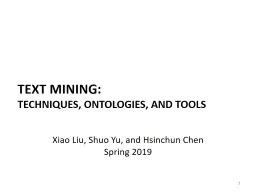
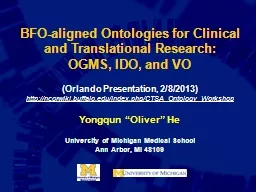
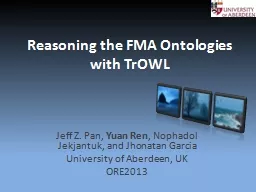
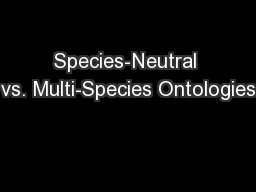
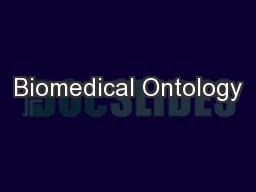

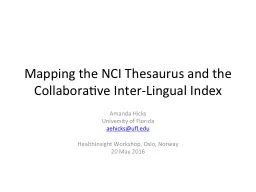

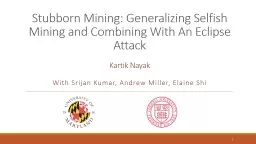

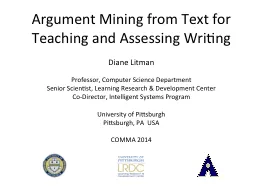
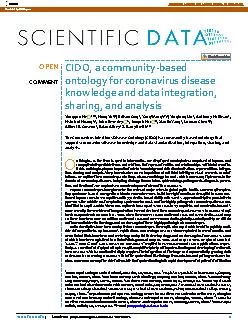
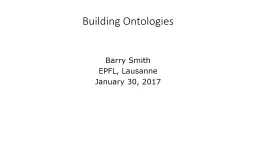
![[DOWLOAD]-Ontologies with Python Programming OWL 2.0 Ontologies with Python and Owlready2](https://thumbs.docslides.com/970331/dowload-ontologies-with-python-programming-owl-2-0-ontologies-with-python-and-owlready2.jpg)